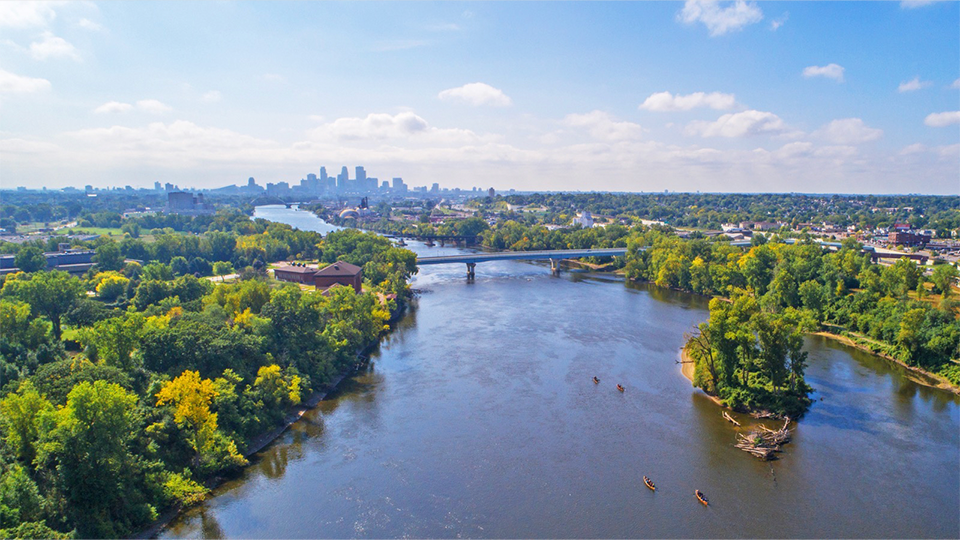
Water is Life
What do you have in common with birds, turtles, fish, and insects? We all depend on water to live and thrive!
This student-paced course focuses on how animals and people use and depend on water.
Students will explore a model pond and the animals that live there throughout the seasons. They’ll also hear from Joy Hobbs, a scientist working at the Science Museum’s St. Croix Watershed Research Station, who discusses why clean water in lakes, streams, and ponds is important for all life living in or near them. To encourage students to think deeply about water quality and how we can all make a difference in our communities through advocacy, they will share observations and answer guided questions throughout the lesson.
MN Academic Standards
MN Academic Standards 2009: 1.1.1.1.1, 1.1.1.1.2, 0.1.1.2.1, 1.1.3.2.1, 0.4.1.1.1, 0.4.1.1.2, 1.4.2.1.1, 1.4.2.1.2, 1.4.3.1.1
MN Academic Standards 2019: 0E.1.1.1.2, 1E.4.1.1.1, 1E.4.2.1.1, 2E.4.2.1.1, 0L.1.2.1.2, 1L.1.1.1.1, 2L.4.1.1.1, 2P.1.1.1.1
NGSS Disciplinary Core Ideas: ESS2.C, ESS3.A, ESS3.C, LS1.A, LS2.C, LS4.D
NGSS Science and Engineering Practice: 3- Planning and Carrying Out Investigations, 4- Analyzing and Interpreting Data, 7- Engaging in Argument from Evidence
NGSS Crosscutting Concepts: 1- Patterns, 3- Scale, Proportion, & Quantity, 4- Systems & system models, 7- Stability & Change
Learning Goals
Water in nature can be a solid or liquid
Animals, plants, and people need clean water to live
Scientists make observations about water and how water changes
Water and seasons change in observable patterns
Program Length
Student paced. 30-minutes.